Oats are rich in vitamins, minerals, beneficial plant compounds, and notably, the oat calories in 100g are moderate, offering health benefits like lowering cholesterol and improving insulin sensitivity. Originating from North America and Europe, oats contain beta glucan, a fiber that supports heart health, and unique antioxidants called avenanthramides. These components make oats effective in managing blood sugar and cholesterol levels. Versatile in preparation, oats can be enjoyed in various forms, from oatmeal to crunchy granola. Quick and instant oatmeal options are available for those with less time, and oat bran offers an extra fiber source. In this guide, Essential24 explores the health benefits of oats, including oat calories per 100g and their culinary versatility.
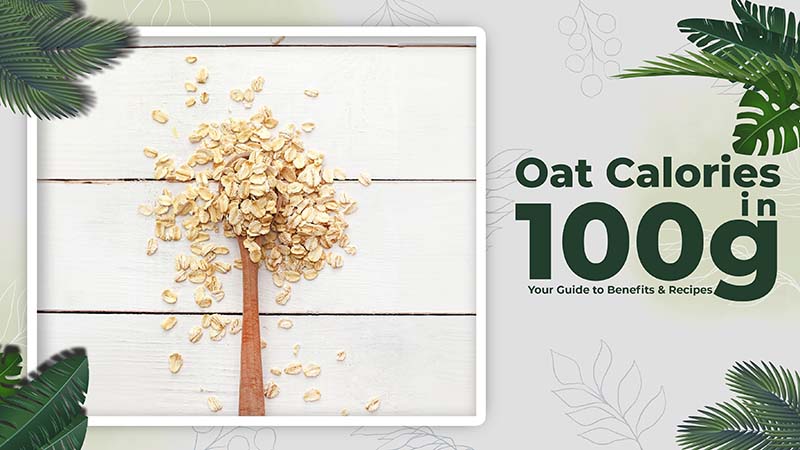
1. A Brief Introduction to the Nutritional Value of Oats
Here’s a quick look at what you get from a cup of raw oats (about 81 grams):
- Calories: 307
- Water: 8.7 grams
- Protein: 10.7 grams
- Carbs: 54.8 grams
- Sugar: 0.8 grams
- Fiber: 8.1 grams
- Fat: 5.3 grams
Carbs
Oats are mostly carbs, making up about 66% of their dry weight. They’re low in sugar, with most of their carbs coming from starch and fiber.
Starch
Oats have a unique kind of starch. They contain more fat and can soak up water better than starch from other grains. There are three main types of starch in oats:
- Rapidly digested starch (7%): Turns into glucose fast.
- Slowly digested starch (22%): Breaks down slowly, releasing glucose over time.
- Resistant starch (25%): Acts like fiber, feeding good gut bacteria and helping your digestive system.
Fiber
Oats are super high in fiber, especially a type called beta glucan, which makes them great for digestion. They offer more soluble fiber than most grains, which can help you feel full, slow down digestion, and even cut down your appetite. This beta glucan fiber is also great for your heart and can help manage blood sugar levels after meals.
Protein
Oats are a pretty good protein source compared to other grains, with about 11–17% of their dry weight being protein. The main protein, avenalin, isn’t found in any other grain and is a lot like proteins found in legumes. Oats also have a minor protein called avenin, similar to wheat gluten, but pure oats are generally safe for people with gluten intolerance.
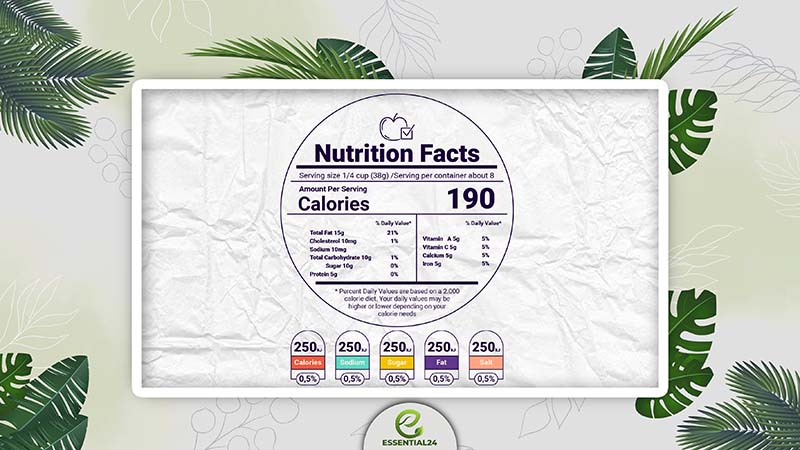
2. Average Calorie Content In 100g of Oats
The calorie content in oats primarily stems from its carbohydrate content. Carbohydrates contribute roughly 100 calories, while both fat and protein supply approximately 20 calories each. Therefore, in 100 grams of oats, you’ll find an average total of about 379 calories.
3. Comparing the Health Benefits of Oats with Other Cereals
Comparing oatmeal with other cereals reveals some interesting health insights. Oatmeal often takes the lead as a healthier breakfast option due to several factors:
- Lower Glycemic Index: Oatmeal boasts a lower glycemic index compared to many cereals, including instant oatmeal. This means it causes slower and steadier increases in blood sugar levels, leading to better blood sugar and insulin control.
- Higher Fiber Content: Oats are packed with fiber, which aids in digestion, helps control appetite, and contributes to lower cholesterol levels. This makes oatmeal a filling and heart-healthy choice.
- Appetite Control: Studies have shown that individuals consuming instant oatmeal tend to eat more and consume more calories throughout the day compared to those eating steel-cut oats. This suggests that oatmeal provides better appetite control, potentially aiding in weight management efforts.
Additionally, oats are rich in essential nutrients like vitamins, minerals, and antioxidants, which are beneficial for heart health, weight loss, and reducing the risk of heart disease.
Cream of Wheat also offers health benefits, particularly its iron and B vitamin content. It’s easy to prepare, customizable, and affordable. However, individuals with specific dietary concerns, such as high blood pressure or gluten sensitivities, may find oatmeal a better option due to its fiber content and cholesterol-reducing properties.
When comparing oats to cornflakes, both can be part of a nutritious breakfast. Oats shine with their protein, fiber, vitamins, and minerals, including antioxidants like avenanthramides, known for reducing blood pressure levels. Cornflakes, made from milled corn, provide iron, vitamins B, C, and D, but may contain added sugars. While oats are higher in fat and protein compared to cornflakes, both can be incorporated into a healthy diet depending on individual nutritional needs.
4. Why Counting Calories in Oats Is Important?
Counting calories in oats holds significant importance as it allows individuals to closely monitor their calorie intake, a key aspect of effective weight management. Oats are renowned for their nutritional richness, boasting fiber, protein, vitamins, minerals, and antioxidants. By tracking the calorie content in oats, individuals can ensure they consume an appropriate amount of calories tailored to their weight goals, whether it be shedding pounds or gaining muscle mass.
Calorie counting facilitates the creation of a calorie deficit for weight loss or a calorie surplus for muscle building, aligning with specific fitness objectives. This method empowers individuals to effectively monitor their food intake, regulate portion sizes, and maintain a well-rounded diet customized to their calorie requirements. Ultimately, counting calories in oats offers a practical approach to support weight control and overall health by providing insight into energy intake and expenditure.
5. Health Benefits of Eating Oats Daily
Eating oats daily can yield a multitude of health benefits, both internally and externally:
Aids Weight Loss: Nutrition experts recommend incorporating whole-grain foods like oatmeal into your diet to promote satiety and healthy weight management. Replacing refined grains with plain oatmeal can be a nutritious alternative for breakfast, helping you feel fuller for longer and reducing the temptation for less healthy options like pastries or sugary cereals. Convenient oatmeal cups are also great for a nutritious breakfast on the go.

Soothes Skin: Colloidal oatmeal, made by boiling ground oats, is known for its ability to soothe itchy skin, alleviate symptoms of psoriasis, and provide relief for atopic dermatitis. Its anti-inflammatory properties make it an effective moisturizer, offering additional benefits such as UV protection and antifungal effects.
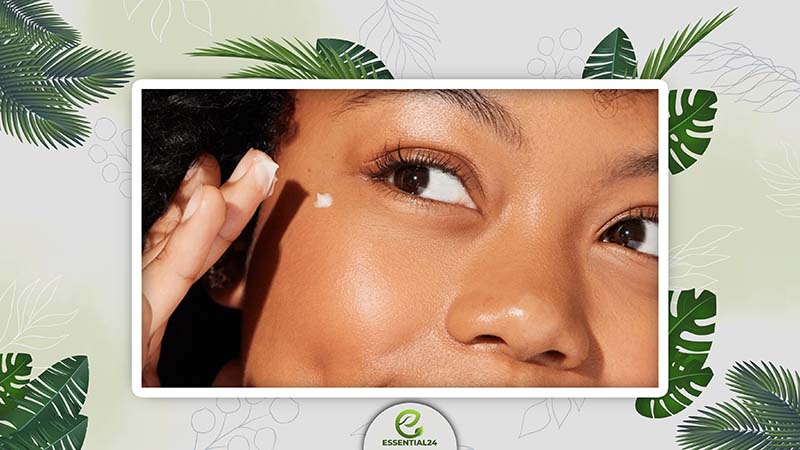
Helps Control Type 2 Diabetes: Studies have shown that regular oat consumption can have moderate benefits for managing type 2 diabetes. Oats can help reduce hemoglobin A1c levels, which is an indicator of blood sugar levels over a three-month period. Additionally, oat intake has been associated with improvements in heart health markers, which are often linked to type 2 diabetes.
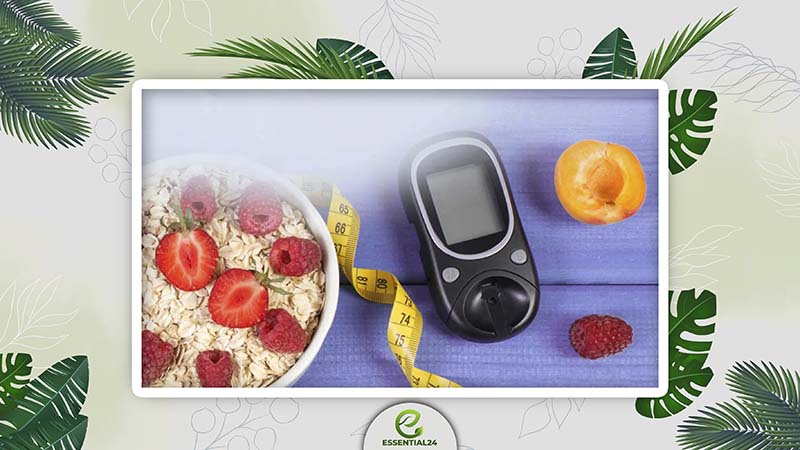
Lowers Cholesterol: Oats are rich in soluble fiber, particularly a type called beta-glucan, which can help lower LDL cholesterol levels. Including oatmeal in your diet can contribute to better heart health by reducing the risk of cardiovascular diseases associated with high cholesterol levels.
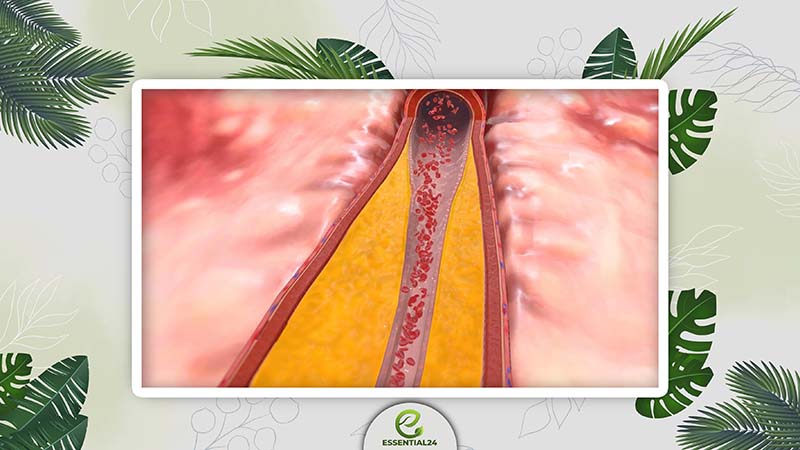
Supports a Gluten-Free Diet (Usually): Oats are naturally gluten-free and are generally well-tolerated by individuals with celiac disease. However, there’s a risk of cross-contamination with gluten-containing grains during processing. To minimize this risk, it’s advisable to choose oat brands that are specifically labeled as gluten-free and follow strict purity protocols.
Incorporating oats into your daily diet can provide a wide range of health benefits, from aiding weight loss and controlling blood sugar levels to promoting healthier skin and supporting heart health.
6. Guide to Calculating Calorie Content in Various Oat Varieties
Here’s a step-by-step guide to calculating the calorie content in various oat varieties:
- Understand the Caloric Value: Different types of oats have varying calorie contents per serving. For example, rolled oats typically contain around 160 calories in a half-cup serving, while 100 grams of oats provide approximately 389 calories.
- Determine Serving Sizes: Pay close attention to the serving sizes specified in the nutritional information. For instance, if 100 grams of oats equals 379 calories and 1/2 cup of rolled oats contains 160 calories, you have a basis for comparison.
- Consider Preparation: When measuring oatmeal calories, focus on the dry form to accurately track calorie intake. Be mindful that cooking methods and added ingredients like milk or sugar can influence the final calorie count.
- Calculate Based on Nutritional Data: Utilize the calorie information provided for each oat variety to calculate the total calorie content based on the serving size you consume. For example, if you consume 100 grams of oats, you would be taking in approximately 379 calories.
7. Tips to Make Oats More Appealing Without Increasing Calories
Here are some tips to make oats more appealing without adding extra calories:
- Add Some Fruit: Enhance the flavor of your oats by adding fruits like apples, pears, bananas, or berries. These fruits not only add natural sweetness but also provide extra fiber without packing on extra calories.
- Mix in a Veggie or Go Savory: For a savory twist, try adding shredded zucchini, carrot, or pureed pumpkin to your oats. These veggies add flavor and nutrients without significantly increasing the calorie count.
- Spice it up: Experiment with spices such as cinnamon, nutmeg, ginger, or pumpkin pie spice to give your oats depth and flavor without any additional calories. Spices can effectively enhance the taste profile of your oats.
- Add Nuts or Nut Butter: Increase the richness and texture of your oats by mixing in a tablespoon of nut butter like almond or peanut butter. Nuts and seeds can provide crunch and flavor without adding many calories.
- Consider Unique Flavor Combinations: Get creative with your oatmeal by trying unique flavor combinations like apple-cinnamon-walnuts, banana-peanut butter-cocoa nibs, or figs-tahini-vanilla. These combinations can elevate the taste of your oats without adding unnecessary calories.
8. Diet Plan with Oats: Menu and Recipes
To implement a diet plan centered around oats, you can adopt a structured approach like the oatmeal diet, which involves substituting one or two meals per day with oatmeal. Here’s a sample menu and some recipes to get you started:
8.1 Sample Oatmeal Diet Plan Menu:
Phase 1 (Day 1 & Day 2)
- Breakfast: Oatmeal with milk and berries
- Before Lunch: Orange juice or apple juice
- Lunch: Balanced meal with foods like spinach, broccoli, chicken breast, fish, or turkey
- Snack: Steel-cut oats for a creamy and filling option
- Dinner: Another balanced meal with protein, grains, and vegetables
Phase 2 (Day 3 & Day 4)
- Breakfast: Oatmeal with added fruits like bananas or berries
- Before Lunch: Fresh fruit or vegetable juice
- Lunch: Oatmeal paired with half a cup of fruits or vegetables
- Snack: Healthy options like nuts or yogurt
- Dinner: Balanced meal incorporating oatmeal with vegetables
Phase 3 (Day 5 to Day 7)
- Breakfast: Oatmeal with a variety of toppings like nuts, seeds, or honey
- Before Lunch: Fruit smoothie or fresh fruit
- Lunch: Oatmeal combined with a source of protein like tofu or beans
- Snack: Light options such as veggies or hummus
- Dinner: A well-rounded meal including oatmeal in some form
8.2 Recipes for Oat-Based Meals:
Berry Oatmeal:
- Ingredients: Rolled oats, milk, mixed berries
- Instructions: Cook oats with milk, top with mixed berries for added flavor.
Oatmeal Smoothie:
- Ingredients: Oats, banana, almond milk, honey
- Instructions: Blend oats, banana, almond milk, and honey for a nutritious smoothie.
Oat-Stuffed Peppers:
- Ingredients: Steel-cut oats, bell peppers, lean ground turkey
- Instructions: Fill bell peppers with cooked oats and turkey mixture for a savory meal.
Oat Pancakes:
- Ingredients: Oats, eggs, cinnamon
- Instructions: Mix oats and eggs to make pancake batter; cook until golden brown.
9. Alternatives to Oats
Here are some alternatives to oats for breakfast:
- Chia Seeds: Create chia pudding by soaking chia seeds in liquid overnight for a creamy and filling option akin to overnight oats.
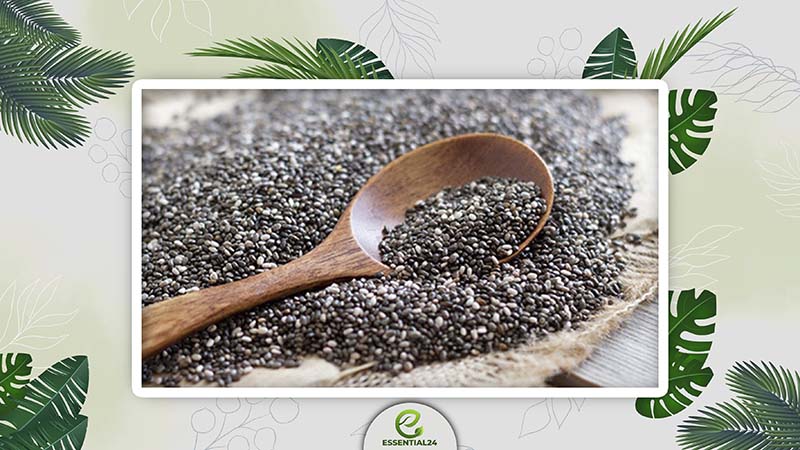
- Quinoa: Make quinoa porridge, a protein-rich alternative to oatmeal, by cooking quinoa with milk or water and adding your favorite toppings.
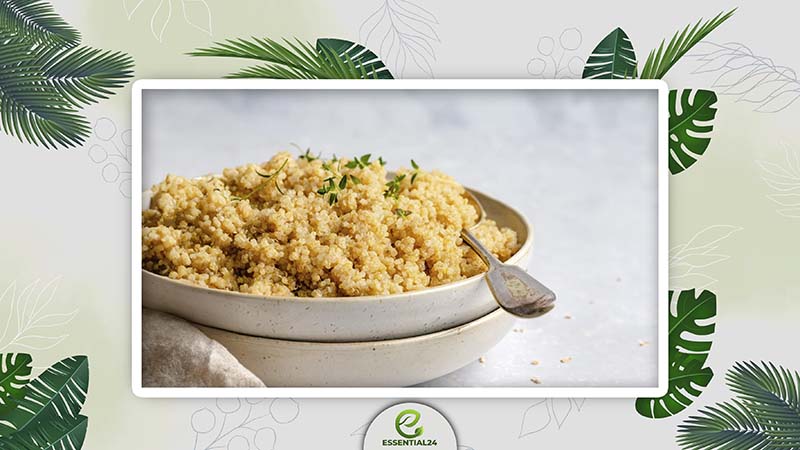
- Brown Rice: Try brown rice breakfast pudding, a comforting alternative to oatmeal, by cooking brown rice with milk or water until creamy and topping it with fruits, nuts, or seeds.
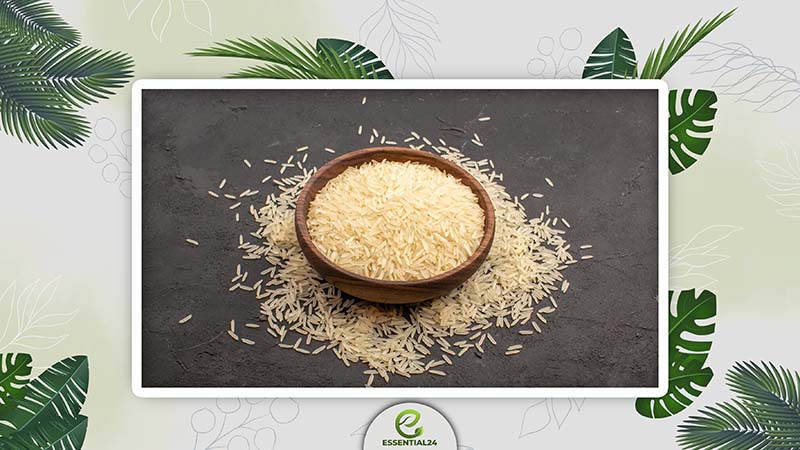
- Buckwheat: Enjoy buckwheat porridge, a hearty and nutty alternative to oatmeal, by cooking buckwheat groats with milk or water until soft and topping it with honey or fruit.
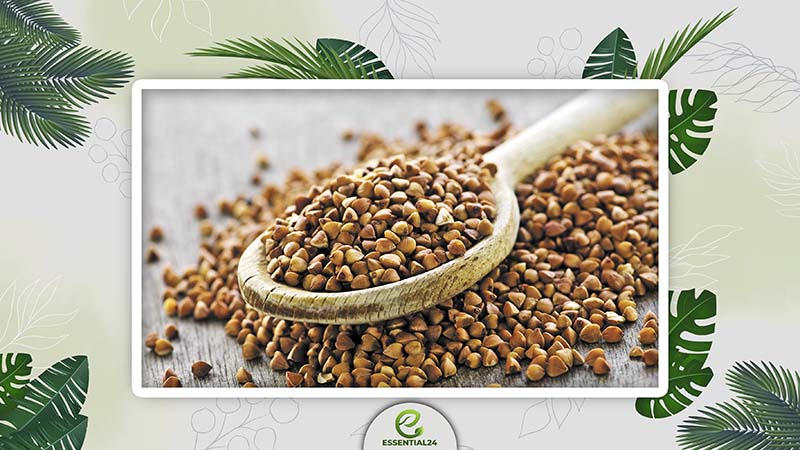
- Barley: Opt for barley, which has twice as much protein and almost half the calories of oats. Barley is high in fiber and beneficial for lowering cholesterol and blood sugar levels. Cook barley as you would oats and add your preferred toppings for a nutritious breakfast option.
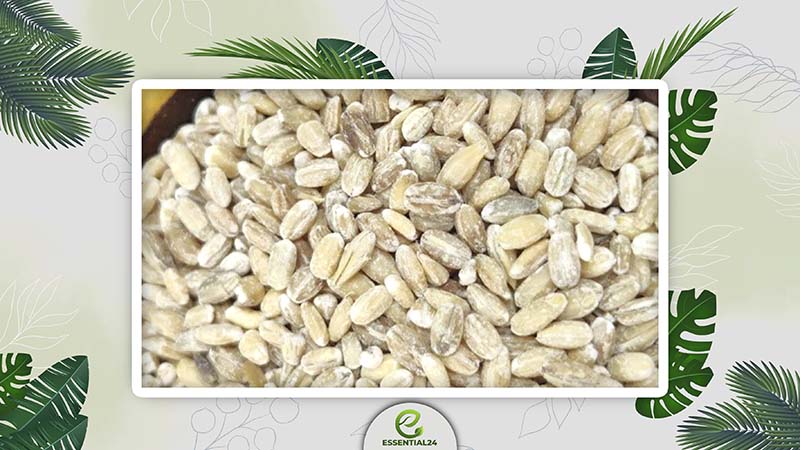
10. Conclusion
Concluding, oats, with their moderate calorie count of about 379 calories per 100g, offer a powerhouse of nutrition beneficial for heart health, weight management, and blood sugar control. This rich source of vitamins, minerals, fiber, and antioxidants, including unique avenanthramides, makes oats a smart choice for anyone looking to maintain or improve their health. Embracing oats in your diet not only leverages their health benefits but also provides a versatile ingredient that can be enjoyed in countless ways. With oat calories in 100g offering a balance between energy and nutrition, oats stand out as a wholesome, hearty food choice for daily consumption. And don’t forget to follow Essetial24 to update more interesting and useful information!


